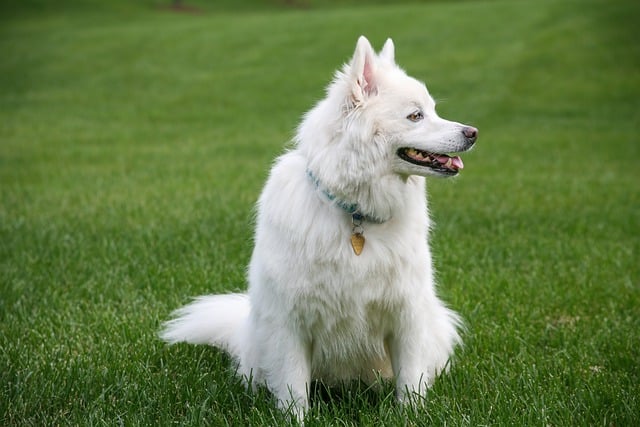
How do i train my dog to be obedient?
Watching your dog dart across the park ignoring your calls isn’t just frustrating—it can put them at risk near busy streets or public spaces.
So you've adopted an adult dog, and the advice is to use a crate for their safety and your sanity, but the thought of confining a grown dog feels a bit strange. You're not alone. Many new owners wonder if it's too late or even fair. The beautiful thing about crate training an adult dog is that it's entirely possible and can become their favorite safe haven, but the approach requires more patience and psychological insight than with a puppy. The underlying principle is based on a dog's natural den instinct—a desire for a secure, personal space. For an adult dog, especially a rescue with an unknown past, a crate can reduce anxiety by providing a predictable, quiet retreat from household chaos, much like we appreciate our own bedroom. It’s not about locking them away; it’s about giving them a gift of their own territory.
The absolute golden rule is to make the crate the best place in the house through positive reinforcement, never force. Start with the crate door wide open in a common area. Toss incredibly high-value treats like bits of chicken or cheese inside and let your dog discover them on their own terms. Feed all their meals inside the crate. Once they're happily going in and out, practice closing the latch for just one second while feeding them a treat through the door, then immediately opening it. Gradually, over days or even weeks, build up the duration they spend inside with the door closed while you are present. The goal is to have them view the crate as their personal snack lounge and nap pod, not a prison. If they ever show signs of panic, you’ve moved too fast; take a step back.

This patient, reward-based method is a cornerstone of modern, responsible dog ownership, which extends into your legal and community duties. A well-crate-trained dog is often a calmer dog, which is crucial for ensuring they are stress-free during travel or vet visits, where having their rabies vaccination documentation is a legal requirement in all U.S. states. When you take your dog for a long, relaxing walk before crating them, your obligation to carry waste bags and clean up immediately remains a non-negotiable law and a fundamental act of respect for your neighborhood. The entire philosophy of using positive reinforcement aligns with the strong cultural value placed on force-free training; any form of coercion or punishment for hesitance is not only ineffective but is widely considered unethical. For apartment dwellers, a dog who is calmly crated is less likely to bark out of boredom or anxiety when left alone, which is essential for maintaining peaceful relations with neighbors and adhering to most lease agreements.

Watching your dog dart across the park ignoring your calls isn’t just frustrating—it can put them at risk near busy streets or public spaces.

New puppy owners often find themselves rushing to clean up accidents before they set in, and that’s where puppy pad training becomes a game-changer.

If you've noticed your dog's waistline disappearing and your veterinarian has mentioned those few extra pounds, your first instinct might be to simply reduce the amount of food in their bowl.

Training a dog to use a designated spot indoors isn’t as daunting as many new owners fear, but it does take consistency and an understanding of your pet’s needs.

That moment of dread on a walk is all too familiar for many new dog owners. You see another dog approaching down the sidewalk of your neighborhood

If the sight of another dog on your neighborhood walk makes your heart sink as your own dog erupts into a frenzy of barking and lunging, you're not alone.